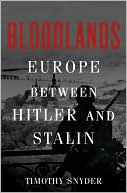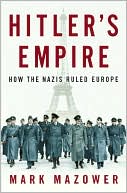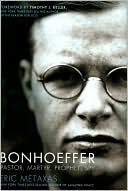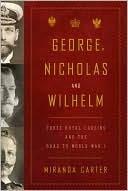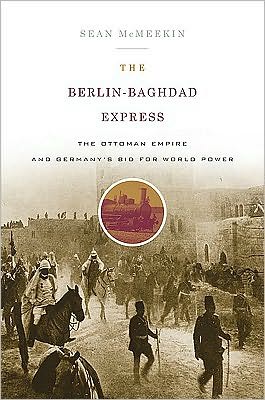Home Fires Burning: Food, Politics, and Everyday Life in World War I Berlin
Challenging assumptions about the separation of high politics and everyday life, Belinda Davis uncovers the important influence of the broad civilian populace—particularly poorer women—on German domestic and even military policy during World War I.\ As Britain's wartime blockade of goods to Central Europe increasingly squeezed the German food supply, public protests led by "women of little means" broke out in the streets of Berlin and other German cities. These "street scenes" riveted public...
Search in google:
Challenging assumptions about the separation of politics and everyday life, Davis uncovers the important influence of poorer women on German domestic policy during World War I.
ContentsAcknowledgments Introduction1 Germany from Peace to War2 Bread, Cake, and Just Deserts 3 Women of Lesser Means 4 Battles over Butter5 One View of How Politics Worked in World War I Berlin6 A Food Dictatorship7 Soup, Stew, and Eating German8 Food for the Weak, Food for the Strong 9 The End of Faith 10 Germany from War to Peace?Conclusion Notes Bibliography IndexIllustrationsCaricature of Berlin policeman in Wilhelmine Germany Bread line, 1915"Don't get excited, Mr. Secretary"Franz Stassen postcard, 1915"The Inner Enemy""'Care of Youth'"Women digging a subway line, 1915"Her Majesty, the Saleswoman""They promise you cards"Children fill the streets for a stew cannon"Those in possession of milk cards will be taken care of first!"State weapons factory, 1916Fantasy postcard, 1917Searching through garbage for heating fuel, 1917"The Nightmare of the War Profiteer"Police bring suspects for questioning about hoarding and reselling"It's a sham, so I can hoard eggs and butter"Butchering a horse cadaver in the street, 1918Munitions workers strike, 1918Demonstration of revolutionary workers and soldiers, 1918German Democratic Party election poster, 1919MapsGreater Berlin, 1914-1918Butter Riots, 14-16 October 1915Figures2.1 Grain and Potato Harvests, 1914-19182.2 Population by Sex, City of Berlin, 1913-19183.1 Average Cost of Food per Month, 1914 and 19157.1 Capacity and Use of Public Kitchens in Greater Berlin, October 19187.2 Capacity and Use of Public Kitchens in Germany, October 19188.1 Daily Delivery of Milk to Berlin, Prewar-19208.2 Wages of Unskilled Workers as a Percentage of 1914 Wages, 1914-19188.3 Rations as a Percentage of Peacetime Consumption, 1916-19188.4 Rationed and Average Actually Received Food in Germany, Winter 1916-19178.5 Civilian and Military Mortality Rates, 1914-19189.1 Black Market Prices in Greater Berlin, Prewar-1918 9.2 Monthly Worker Expenditures for Food, 1914-191810.1 Convictions of Women for Crimes in Germany, 1913-1920
\ From the PublisherDavis's sensitivity both to the material and symbolic dimensions of these women's life-world makes this a rich and rewarding study.\ American Historical Review\ "A valuable contribution to our understanding of World War I .\ Journal of Interdisciplinary History\ [Davis] opens up our understanding of women's agency and influence—and political agency more broadly—to give us a story that has not yet been told.\ Women's Review of Books\ This welcome book provides much food for thought.\ Choice\ Focusing on female agency, Davis transforms traditional views of the interaction between state and society.\ Bonnie S. Anderson, author of Joyous Greetings: The First International Women's Movement\ \ \

